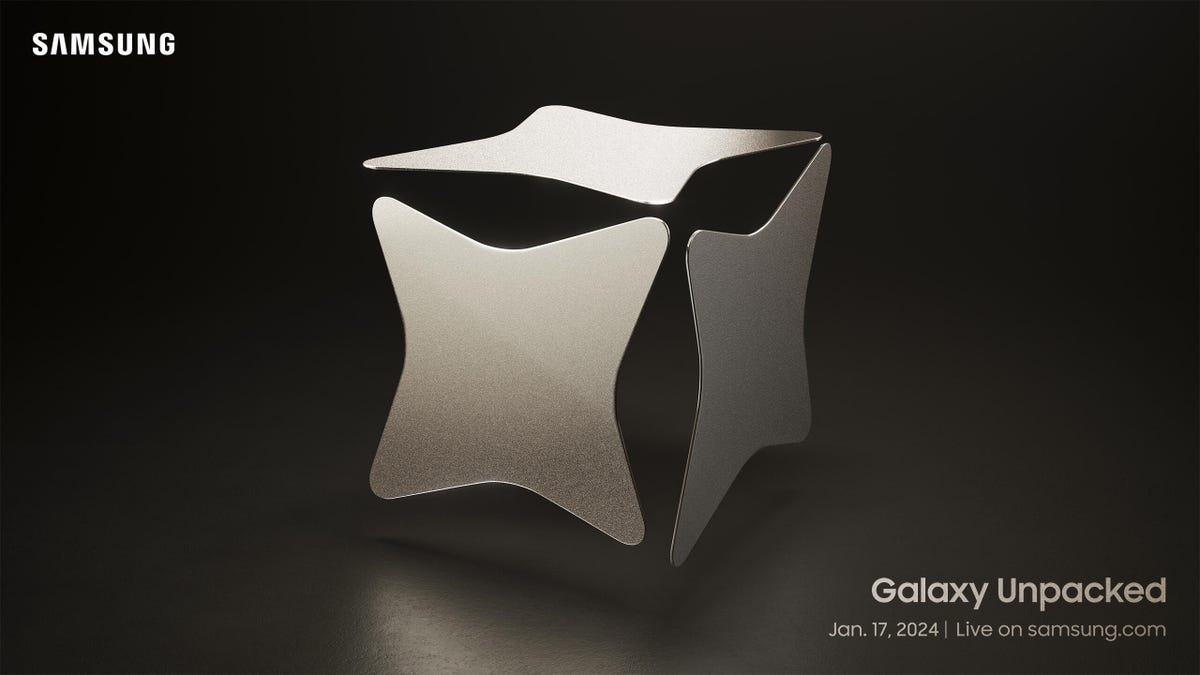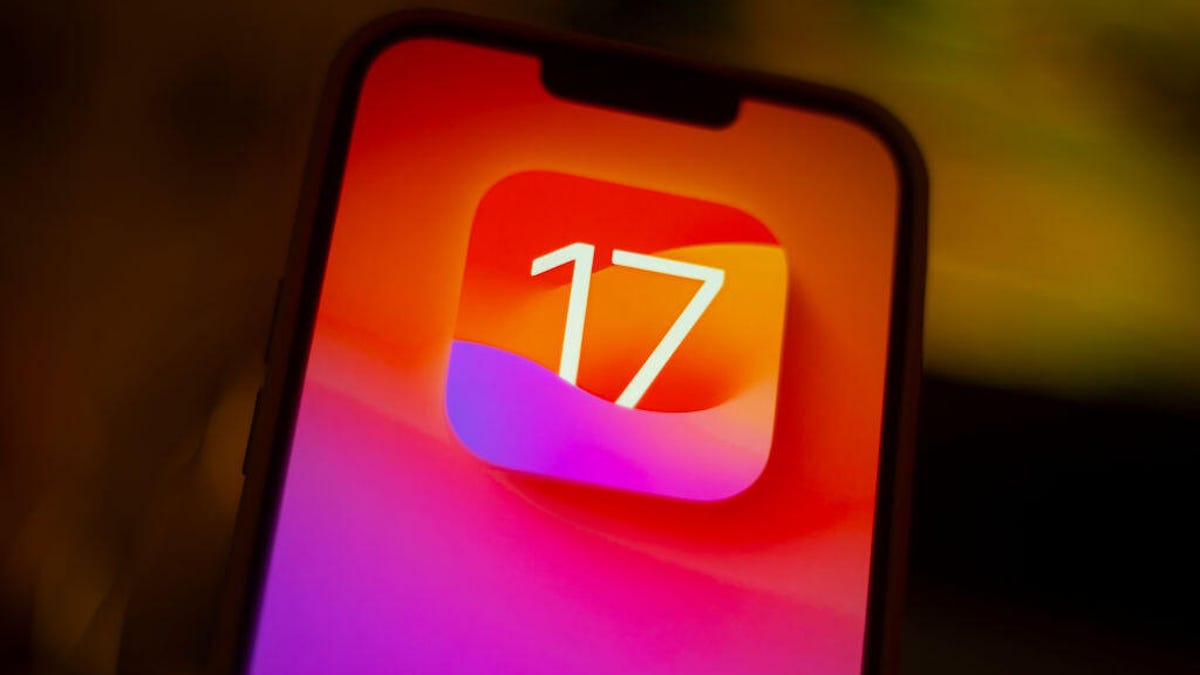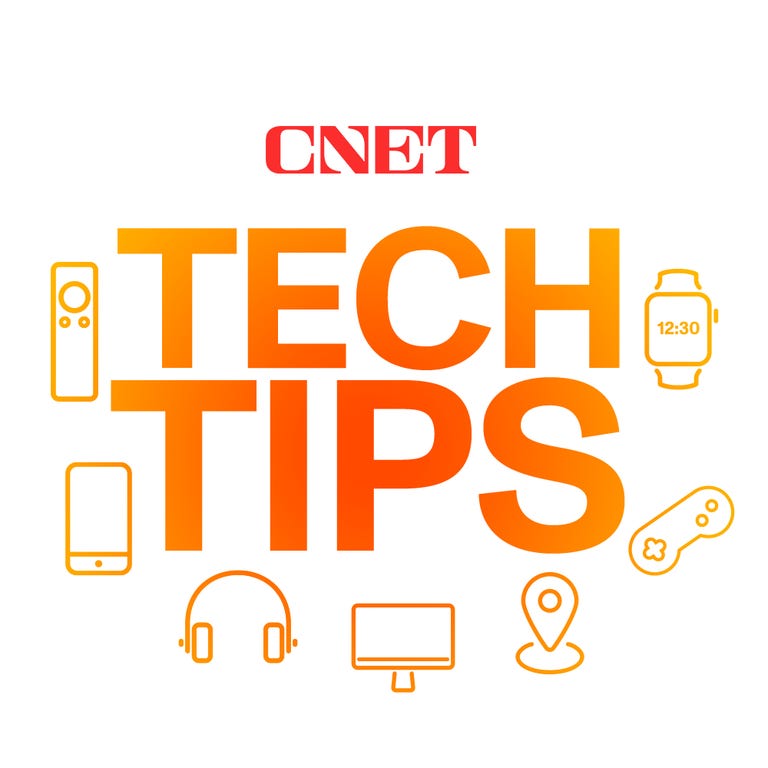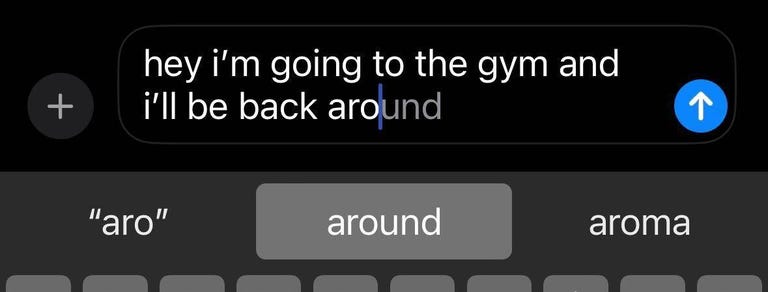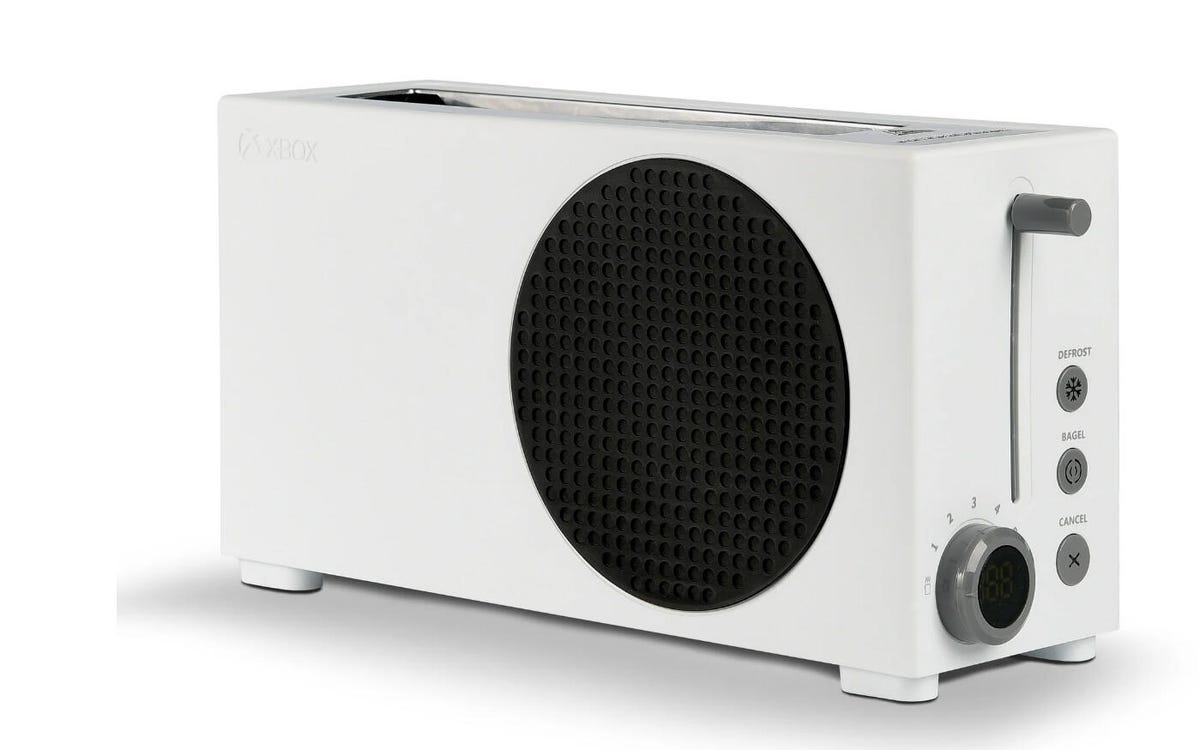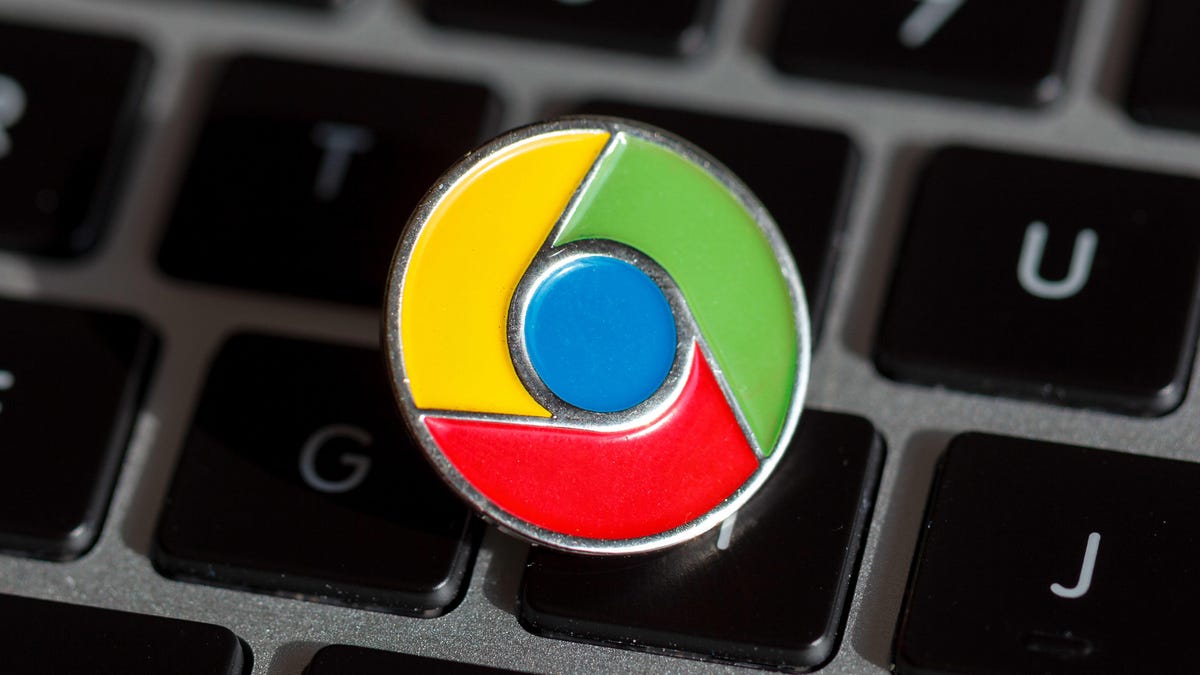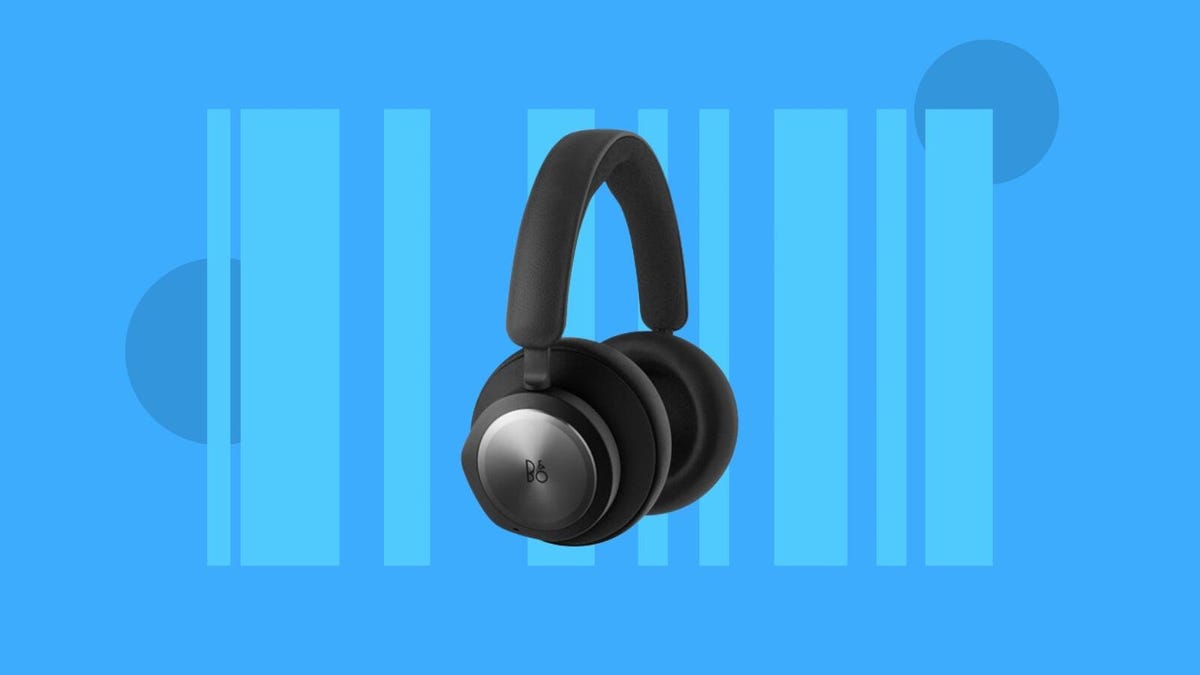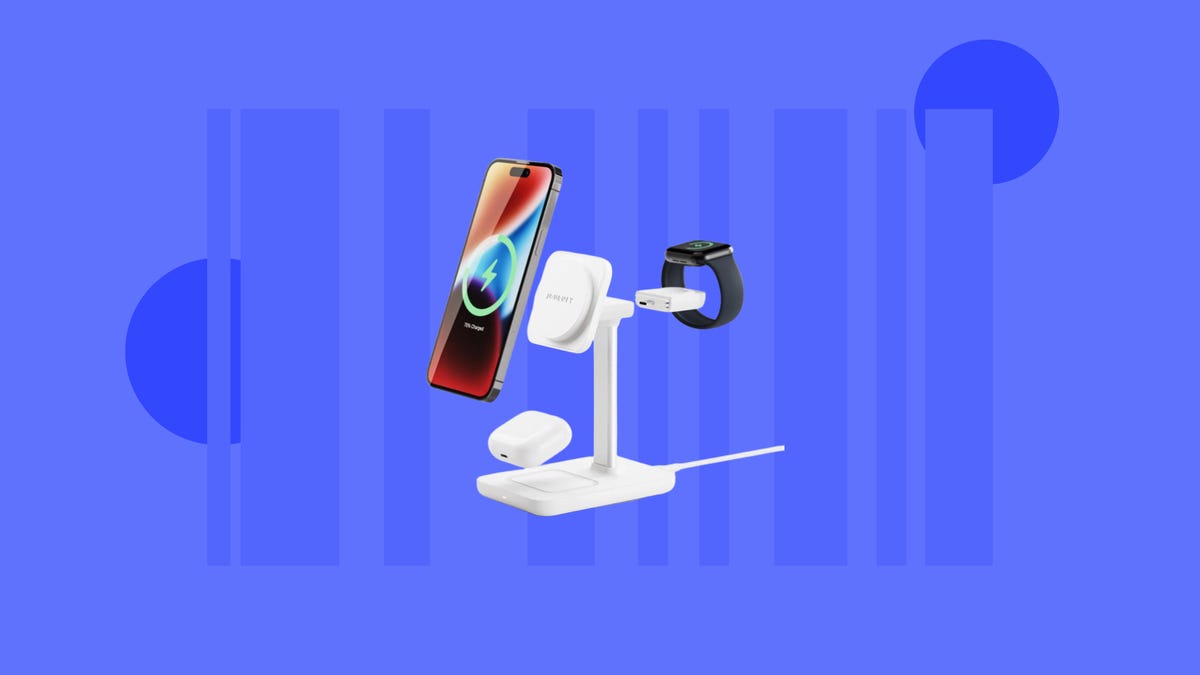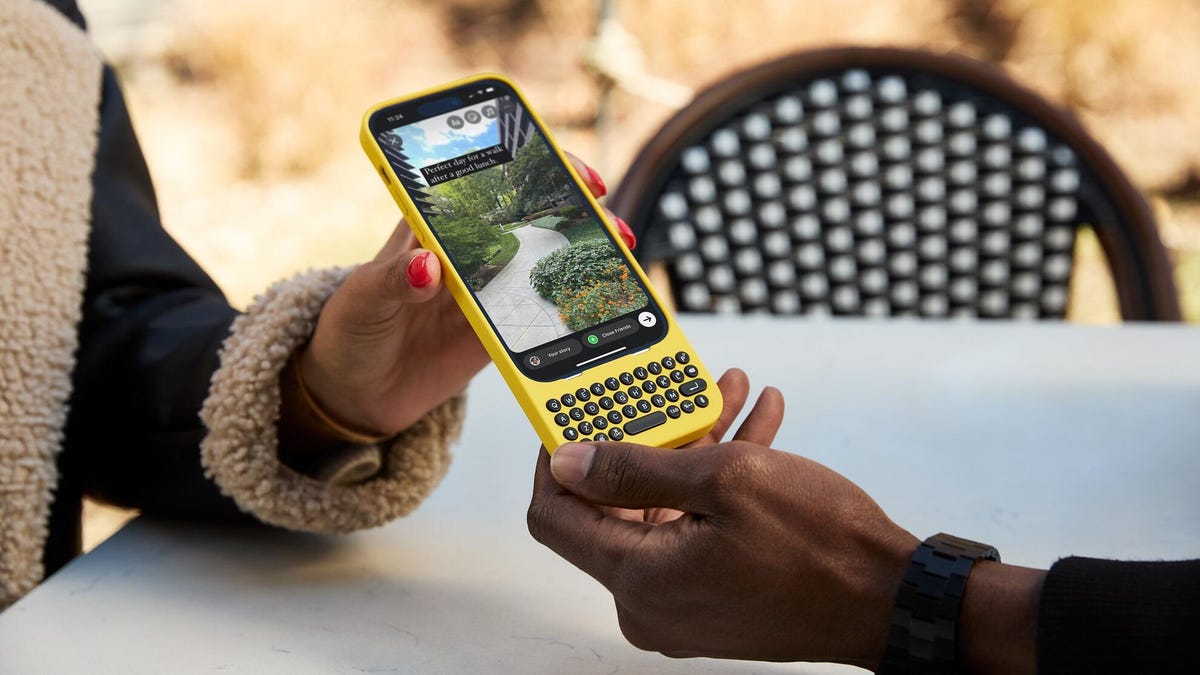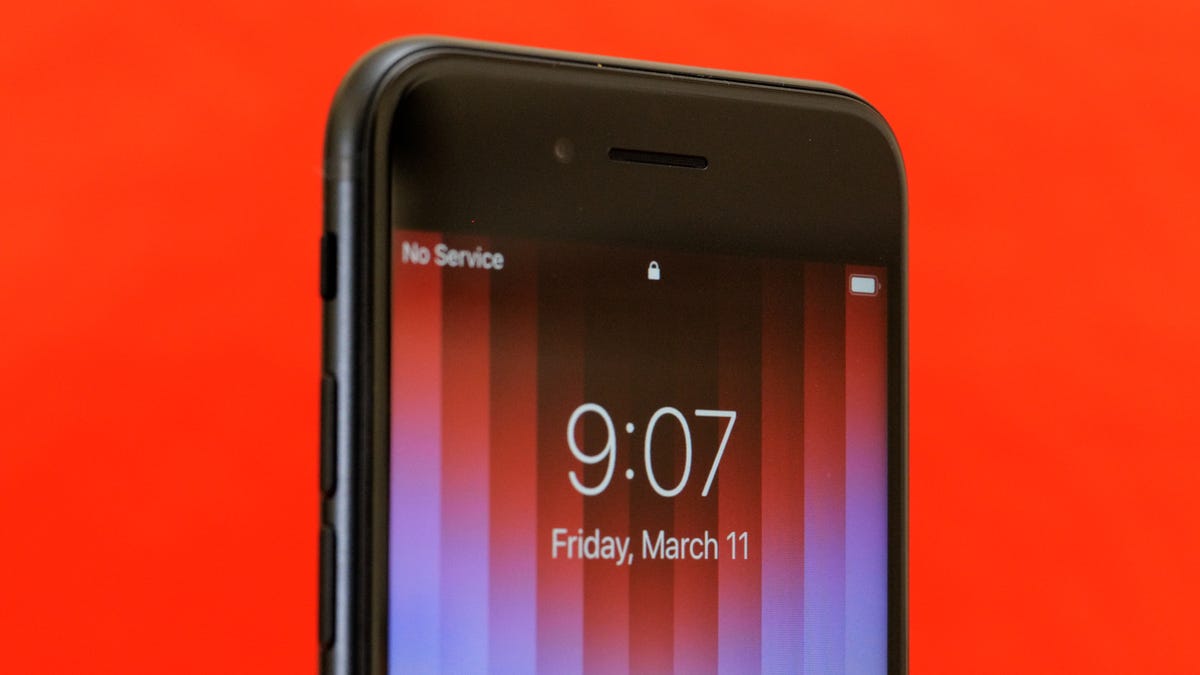Welcome to a new year, when some of you may be setting goals tied to your streaming TV budget. Fortunately, there’s just a small selection of new and interesting releases coming out in January, so you don’t have to spread your attention — or dollars — all over the streaming space this month if you don’t want to. But big standouts include Griselda, Lift, Good Grief, Killers of the Flower Moon, and Marvel’s Echo.
You might be thinking about canceling a streaming service because of cost and the content that’s currently available. I’d like to offer one strategy during a time of tight budgets: Churn like ice cream. Also known as rotating, it’s a move that can save cash while letting you keep up with the titles you want to watch. You may want to avoid this method, however, if you recently signed up for a new streaming deal that allows you to pay a fraction of the platform’s regular monthly price.
Otherwise: Churn, baby, churn. Subscribe, cancel, roll with a different service, then resubscribe, keeping your favorites in a rotation. Rotating streaming services can be a money-saver when Netflix, Disney Plus, Max and others aren’t streaming anything you want to watch at a given time. Just remember to shut off autorenewal for your monthly subscriptions. This method may not fly if you’re sharing your streaming accounts, but if you can work out an arrangement with your crew, go for it.
Here are my suggestions for which streamers to keep or cancel in January, based on new series and movies hitting each service (I didn’t consider live TV streaming services). Your tastes may be different, but if nothing else, I urge you to at least consider the concept of rotating for savings. It’s easier than you might think.
Read more: Best Streaming Services of 2024

January streaming service rotation
| Keep | Cancel | |
| Disney Plus | X | |
| Netflix | X | |
| Max | X | |
| Peacock | X | |
| Starz | X | |
| Paramount Plus | X | |
| Apple TV Plus | X | X |
| Prime Video | X | |
| Hulu | X |
These services are probably worth it in January
Disney Plus: Marvel’s newest show, Echo, is set to arrive with its complete first season on Jan. 9. The series will also stream on Hulu until April. Percy Jackson streams throughout the month until its finale on Jan. 31. And younger viewers will want to watch 10 new episodes of Bluey on Jan. 12. If you’re only streaming for Echo, you can opt for either Hulu or Disney Plus, rather than pay for both, and then cancel after you watch the whole season.
Netflix: Dan Levy’s Good Grief hits the platform this month, as do Griselda and the second part of Gyeongseong Creature. The platform’s You Are What You Eat documentary, which follows twins, is taking off too. Here’s a peek at what else drops on Netflix in January:
- Fool Me Once (Jan. 1)
- Society of the Snow (Jan. 4)
- The Brothers Sun (Jan. 4)
- Good Grief (Jan. 5)
- Gyeongseong Creature Part 2 (Jan. 5)
- Sonic Prime, season 3 (Jan. 11)
- Boy Swallows Universe (Jan. 11)
- Lift (Jan. 12)
- Maboroshi (Jan. 15)
- Love on the Spectrum, season 2 (Jan. 19)
- Griselda (Jan. 25)
- Masters of the Universe: Revolution (Jan. 25)
Starz: Keep streaming Raising Kanan, season 3 (no new episode on Jan. 5, however). If you’re a fan of Hightown, look out for its final season to debut on Jan. 26. If you’re not a fan of either show, cancel.
Prime Video: If you’re a Prime member, you probably get this service at no additional cost. Just remember that ads will begin on Jan. 29, unless you pay an additional $3 per month to stream without them. This month, you can stream football, Foe (Jan. 5), Role Play (Jan. 12), Zorro, season 1 (Jan. 19) and Expats, season 1 (Jan. 26).
Apple TV Plus: Killers of the Flower Moon lands on Jan. 12, so a $10 subscription may be worth it if you really want to see the movie. Other new releases include Masters of the Air (Jan. 26) and Criminal Record (Jan. 10).
Hulu: Fans can keep streaming Fargo, enjoy Fox or ABC network shows, and check out a few new arrivals:
- Ishura — anime (Jan. 3)
- The Golden Bachelor Wedding (Jan. 5)
- Grimsburg (Jan. 8)
- Echo (Jan. 9)
- Self Reliance (Jan. 12)
- 75th Emmy Awards (Jan. 16)
- Death and Other Details (Jan. 16)
- The Bachelor, season 28 (Jan. 23)
Max: The biggest reason to keep Max this month is for True Detective: Night Country, which is set to debut Jan. 14. You can also watch Rick and Morty, season 7 (Jan. 22) or the new Nikki Giovanni documentary (Jan. 8).
Skip these services for now
Peacock: This one isn’t a must-have if you aren’t into NFL games, network shows, the new Ted series or other live sports. Take a break from Peacock unless you snagged that $2 special this past Black Friday.
Paramount Plus: Football fans may want to keep this service, but if not, cancel unless you’re interested in the Golden Globes (Jan. 7), June (Jan. 16) or Sexy Beast (Jan. 25).
Save money on streaming by waiting it out
Waiting until most or all of the episodes of a series land on a platform is a wise strategy, if you don’t get FOMO. That way, rather than pay for a service for several months to cover the six- to 10-week run of a show, you can catch up on everything by subscribing for one month. Then repeat the cycle.

Look at True Detective’s new season. There are six episodes in Night Country, which will air weekly into February. Why pay for two months of Max when you can wait to watch it in full anytime in February? Some of you may want to drop Apple TV Plus after watching Killers of the Flower Moon, or choose to binge Masters of the Air in March when its season wraps. The same strategy works for Hulu’s Ishura, which streams into March.
Think about how much you’re paying per month for each streaming service you have, and do the math. Netflix is $7 to $23 (plus extra member fees), and Paramount Plus starts at $6. Apple TV Plus is $10. Disney Plus is anywhere from $2 to $25 depending on bundles. Max costs $10 to $20. Hulu starts at $8, and Starz runs $10. Peacock has a base rate of $6 a month. Should you decide to rotate, set yourself a calendar reminder to alert you when it’s time to resubscribe or cancel. See you in February for another streaming look-ahead.

